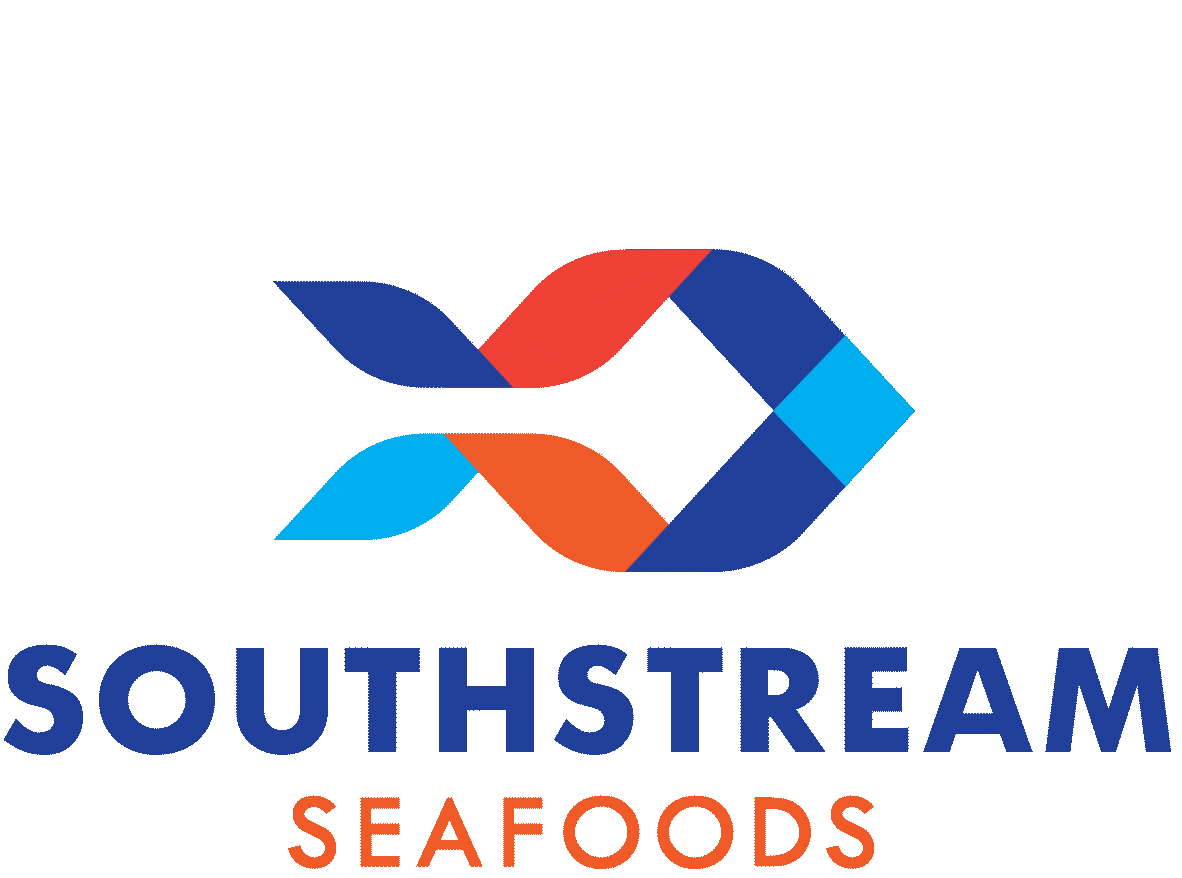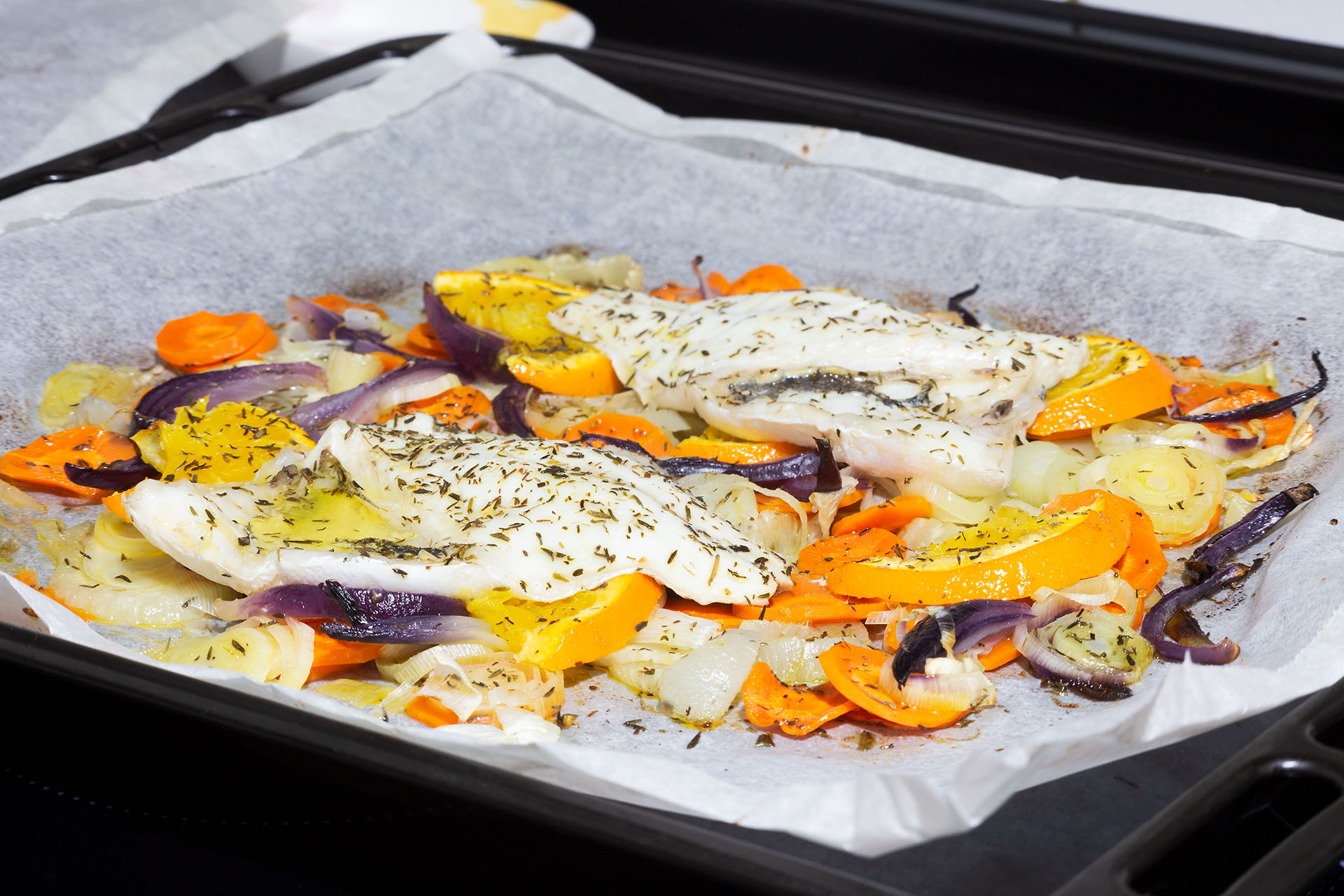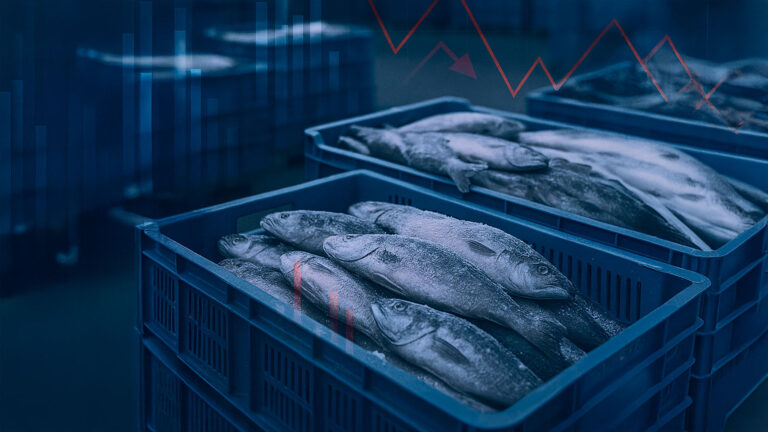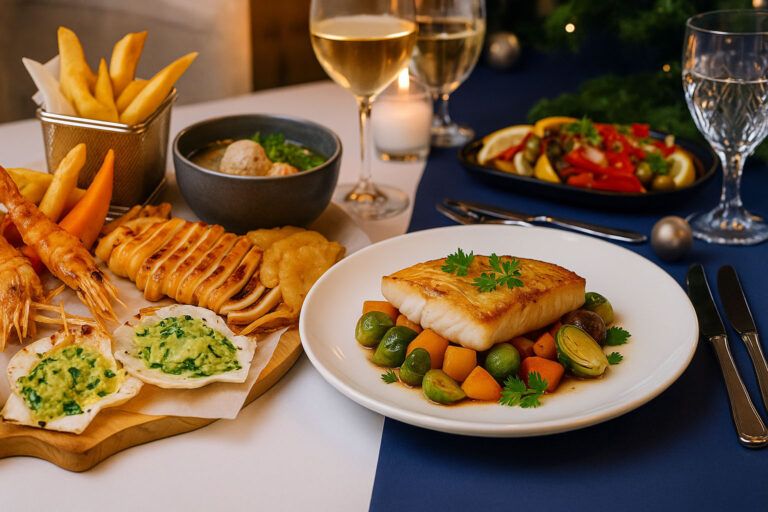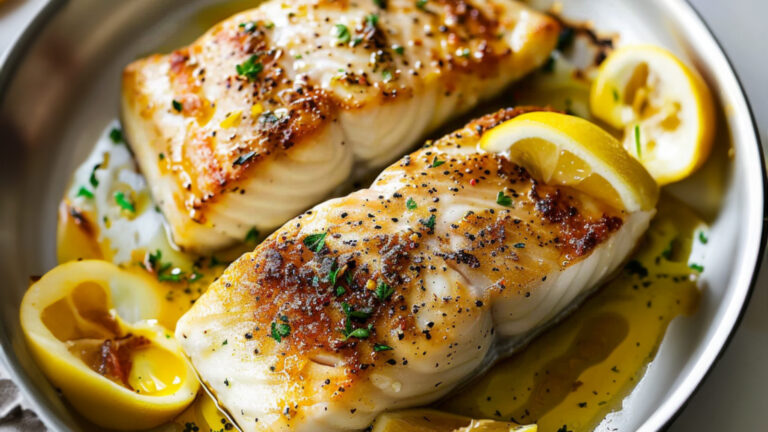Cape Hake — In Stock for Winter Menus and Sustainable Success
As the days grow shorter and the menus grow richer, one fish quietly takes center stage — Cape Hake.
Lean, flaky, and endlessly adaptable, it’s the unsung hero behind many of winter’s most comforting plates.
And for distributors and chefs who understand the stakes — sourcing, sustainability, consistency — it’s the one whitefish that checks every box.
Straight from Southern Waters — with Integrity
Cape Hake comes from the icy, nutrient-rich waters of the South Atlantic — conditions that give it a clean, mild flavor and that tender-yet-firm texture chefs love. It’s harvested under one of the most rigorously managed fisheries in the world, recognized for environmental responsibility and product integrity.
Recent industry insights back it up. The species thrives in pristine waters where sustainability isn’t a slogan — it’s standard practice.
According to a Nature study on global hake production and trade (npj Ocean Sustainability, 2024), Cape Hake is more than just another whitefish — it’s a benchmark for responsible sourcing and supply-chain resilience. The paper identifies South Africa’s Cape Hake fishery as a global model for balancing ecological sustainability with export performance — the first in Africa to earn MSC certification and still a leader in quota management and environmental monitoring. Even as other fisheries face volatility from climate pressure and market shocks, Cape Hake stands out for its consistency and reliability, maintaining stable stocks and steady international supply.
The authors also highlight hake’s vital role in food security, providing affordable, high-quality protein that supports both local economies and global distribution networks.
In short, the science confirms what the industry already knows: Cape Hake delivers sustainability without compromise — a fish built for the future of food — serving it isn’t just good business; it’s good stewardship.
On the Menu: Comfort Meets Innovation
As temperatures drop, diners crave dishes that are both comforting and refined — and that’s where Cape Hake truly shines. With its clean, neutral profile, it’s the perfect canvas for fall and winter menus that balance flavor, creativity, and consistency — without the price swings of premium cod or haddock. Here are 2 chef-ready recipes that showcase Cape Hake at its best:
Recipe 1
Pan-seared with roasted root vegetables and a sage butter glaze
Why this dish works: The flaky, mild Cape Hake holds its shape under searing, the sage-butter lends luxury warmth, and the roasted roots tie to fall harvest menus.

Ingredients (Serves 4)
- 4 6-oz Cape Hake fillets, skin on if available
- Salt & freshly ground pepper
- 3 tbsp olive oil
- 1 lb mixed root vegetables (parsnips, carrots, golden beets), cut into ½-inch batons
- 2 tbsp unsalted butter
- 4–5 sage leaves, finely chopped
- Zest and juice of ½ lemon
- 2 tbsp dry-white wine or vermouth (optional)
Instructions:
Preheat oven to 425 °F (220 °C). Toss root vegetables with 1 tbsp olive oil, salt and pepper. Spread on roasting tray and roast for ~20–25 min until caramelised.
While veggies roast, pat hake fillets dry and season. Heat 2 tbsp olive oil in heavy skillet over high heat until shimmering. Place fillets skin-side down, cook ~3 min until crisp; flip and cook ~2 min until just done.
Remove fish; reduce heat to medium, add butter and chopped sage. When foam subsides, stir in lemon zest, juice and wine. Swirl to create a light glaze.
Plate: root veggies as base, hake on top, finish with sage-butter glaze. Serve immediately.
Recipe 2
Cape Hake en Papillote with Winter Vegetables, Orange & Dill
This elegant en papillote preparation seals in the delicate moisture of hake while infusing it with bright orange, aromatic dill, and hearty winter vegetables—ideal for ushering in the colder weather and the changing of the seasons, when upscale comfort meets vibrant freshness.
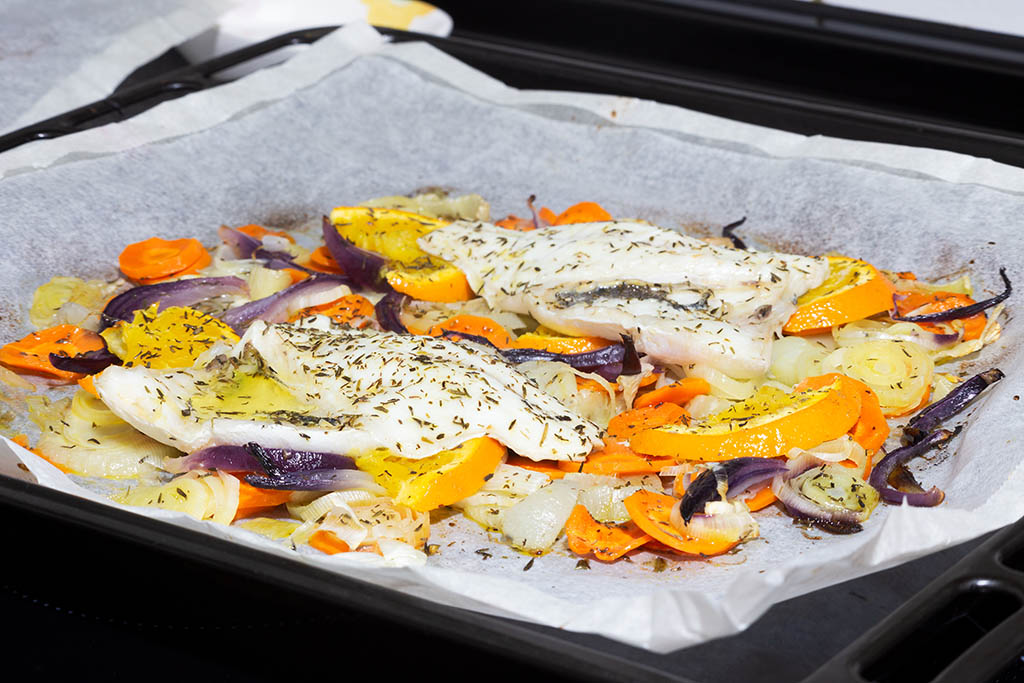
Ingredients (Serves 4)
- 4 fillets hake (~6 oz each)
- 4 large sheets baking paper
- 1 bunch kale or Swiss chard, stems removed, leaves roughly chopped
- 1 small leek, sliced
- 8–10 kalamata or Castelvetrano olives, pitted & halved
- 1 orange, thinly sliced
- 3 tbsp extra virgin olive oil (divided)
- Salt, pepper & a pinch of chilli flakes
- 3 tbsp chopped fresh dill (divided)
Instructions:
Preheat oven to 375 °F (190 °C). Lay out the baking paper sheets.
In a bowl, toss the kale, leek, olives, 1 tbsp extra virgin olive oil, a pinch of salt, pepper, chilli flakes, and 1 tbsp chopped dill. Divide the mixture evenly among the baking paper sheets.
Place a hake fillet on each bed of vegetables. Drizzle with the remaining 2 tbsp extra virgin olive oil, season with salt and pepper, and top each fillet with 2 orange slices and a sprinkle of the remaining dill.
Fold the baking paper into sealed packets, ensuring no steam can escape.
Bake for ~15 minutes, until the fish is tender and opaque.
Carefully open the packets (watch for steam) and serve directly in the baking paper for a dramatic, aromatic presentation.
Cape Hake delivers on both performance and supply
While other species face seasonal pressure or quota fluctuation, Cape Hake remains available, stable, and sustainable — exactly what distributors need heading into the holidays. It’s also a fish that fits today’s diner. Low-fat, protein-rich, naturally sourced, and free from additives — Cape Hake aligns perfectly with the health-conscious, transparency-driven consumer who reads menus like mission statements.
A Smart Bet for the Season Ahead
If there were ever a time to lean into Cape Hake, it’s now.
Inventory is strong. Demand is rising. And chefs are increasingly seeking whitefish that perform beautifully without compromise.
So whether it’s a brasserie special, a fine-dining feature, or a foodservice staple, Cape Hake delivers both story and substance — sustainable, seasonal, and ready for the spotlight.
📦 Available now. Contact Southstream Seafoods for quotes.
